Bread has been a staple food for millennia, yet in recent decades, it has become a source of ill health for many.
With rising cases of gluten intolerance, wheat allergies, and digestive issues, more people are questioning whether the bread they buy from supermarkets is doing them more harm than good.
The answer, according to Andrew Whitley, founder of Scotland The Bread and the Real Bread Campaign, lies in the industrialisation of grain farming and bread-making processes.
The problem with industrial bread
“Industrial bread, found on supermarket shelves, is produced using high-yield, monoculture grains that have been selectively bred for efficiency rather than nutrition,” Andrews says.
These grains are often heavily treated with pesticides, and their nutrients are significantly depleted.
“The bread that most people eat today is not real bread,” Andrew says. “It’s a processed product designed for profit, not for nourishment.”
One of the major concerns is the speed at which modern bread is produced.
Traditional fermentation methods, such as those used in sourdough bread-making, allow time for beneficial bacteria to break down gluten, making it more digestible and unlocking essential nutrients.
In contrast, industrial loaves are made quickly using fast-acting yeasts, which do not allow for this natural process.
This results in bread that is not only less nutritious but also harder to digest.
Why are people becoming intolerant to bread?
Many people, like myself, have developed problems with eating bread later in life.
Symptoms that appear are related to digestion for many, but harder to diagnose issues such as brain fog, muscle pains, migraines and fatigue also present from a gluten problem.
Whitley explains that around 40% of the population has a genetic predisposition that makes them more susceptible to gluten-related issues such as Coeliac disease and intolerance.
He claims more people are struggling to digest wheat or gluten based products because of changes in the grains used.
“The grains we consume today in most breads are very different from those our ancestors ate,” he says.
Our wheat has been modified to grow quickly and withstand disease – with less consideration for their nutritional content.
Modern bread facts hard to digest
“So the end product has far less nutritional value than it used to have,” says Andrew.
“There’s been a shift away from whole flour towards refined flour, which strips away vital nutrients, and the absence of proper fermentation leaves proteins like gluten in a more aggressive, indigestible state.
“This contributes to modern diseases. Our digestive systems haven’t adapted to these highly processed products.”
In response to these issues, Whitley has dedicated his work to rediscovering ancient grains that were once grown in Scotland.
He has sourced and cultivated wheat varieties that have higher levels of essential minerals such as magnesium, zinc, and iron – nutrients that are often lacking in modern diets.
Using ancient Scottish grains
“Our wholemeal flour is nutrient-dense and works exceptionally well for traditional breads like bannocks, focaccia, and pizza bases,” he says.
“And because it contains a more digestible type of gluten, it’s gentler on the gut.”
Scotland The Bread, based at the Bowhouse food hub in St Monans, works with local farmers to grow these grains organically, avoiding the harmful pesticides and fertilisers commonly used in industrial farming.
The grains are then slowly milled to preserve their nutritional value.
Why we should eat real sourdough bread
One of the oldest bread-making methods, sourdough fermentation, offers a solution to many of the problems associated with modern bread.
By fermenting flour over a long period, natural yeasts and bacteria break down gluten and phytic acid, making the bread more digestible and nutritious.
“Sourdough is the way ordinary people made bread for 15,000 years,” Andrew says.
“We now know it’s the best method because it enhances gut health, lowers the glycemic index, improves shelf life naturally, and, most importantly, makes the bread taste incredible.”
It has been suggested that the long fermentation process modifies the wheat enzymes sufficiently to allow those with a gluten sensitivity to enjoy sourdough without suffering.
However, not all sourdough is created equal. Many supermarket ‘sourdough’ loaves are misleadingly labelled, as they are not fermented for long enough to develop the benefits of true sourdough.
“Real sourdough takes time,” Whitley insists. “If it’s been rushed, it’s not the real thing.”
Call for a bread revolution
Andrew believes the solution to the crisis in bread is clear. “We must move away from highly processed loaves and return to traditional bread-making techniques using diverse, nutrient-rich grains,” he says.
His vision is one of what he calls a “benign revolution” – a shift in consumer habits that prioritises health over convenience.
“We need a return to the basic values of health and public good, rather than purely profit,” he urges.
Make your own
Making real sourdough bread can take up to 48 hours in total, and those who do it regularly get into a weekly routine.
You also don’t need as much as each slice is more flavoursome and filling than supermarket bread.
Connie’s Scotland The Bread Wholewheat Sourdough a straightforward recipe with consistently good results using 100% wholemeal flour.
The process involves mixing the flour with water and a sourdough starter, followed by a series of fermentations to develop flavour and structure.
After shaping, the dough is baked to produce a wholesome loaf with a rich, nutty taste.
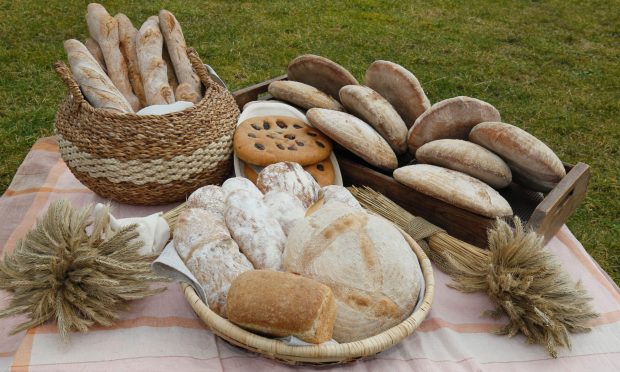
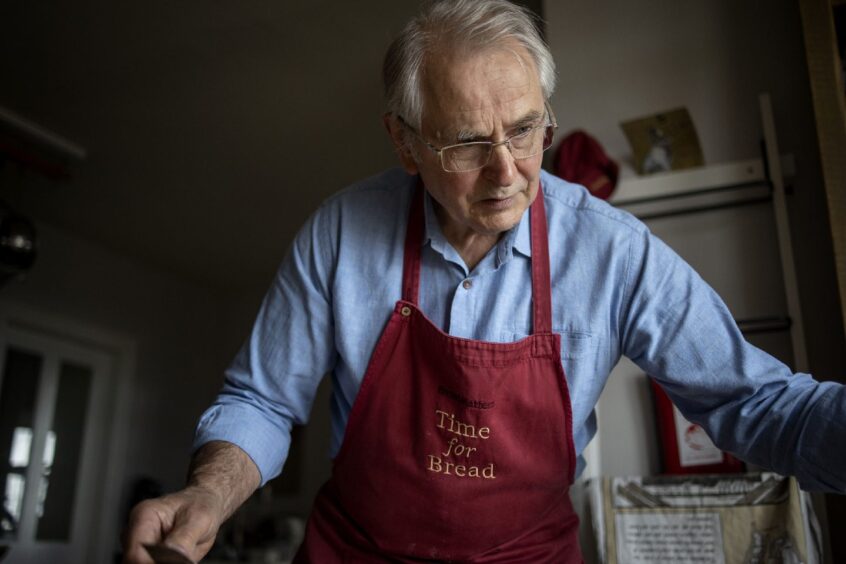
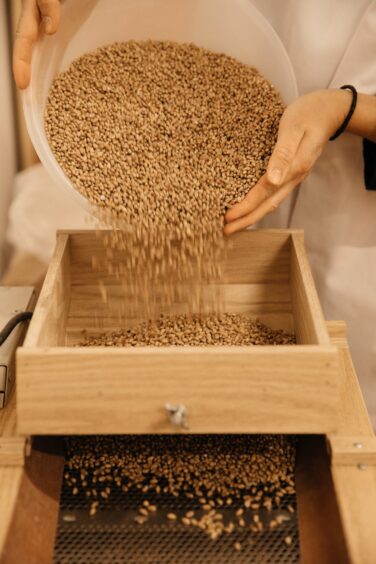
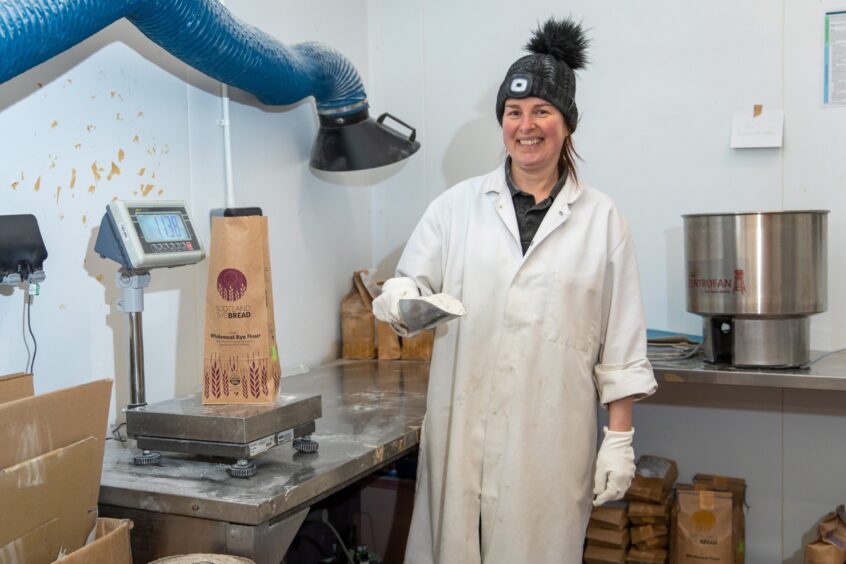
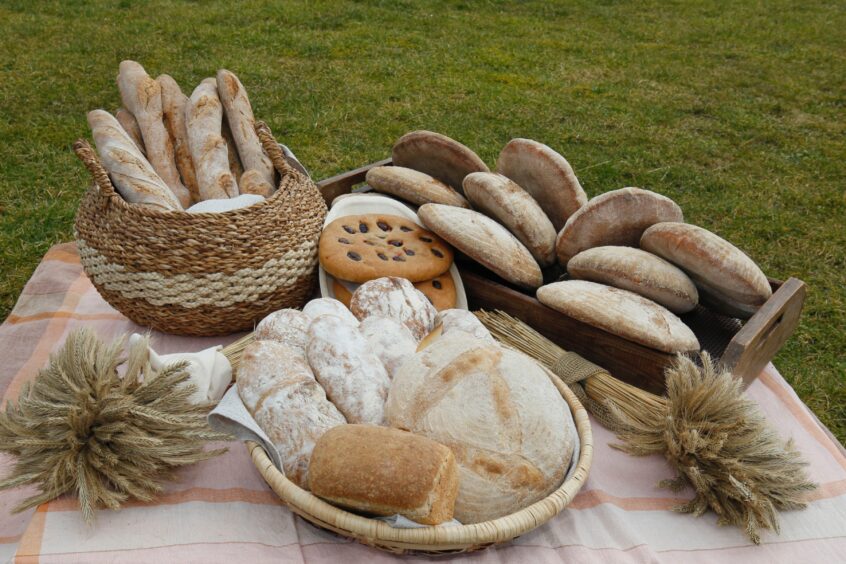
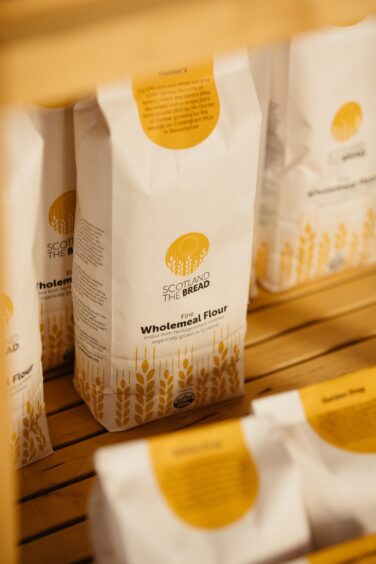
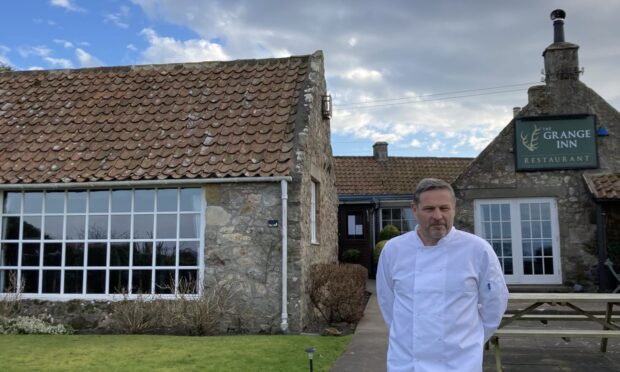
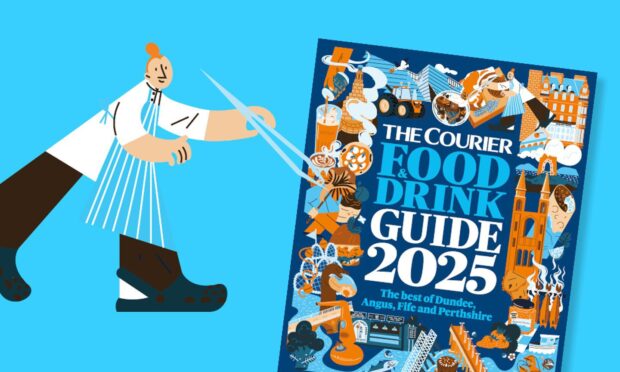



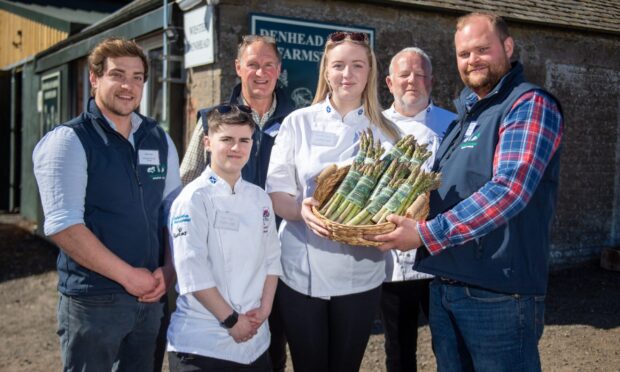
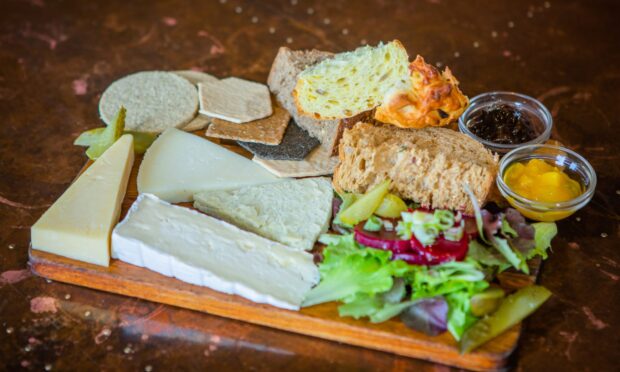



Conversation